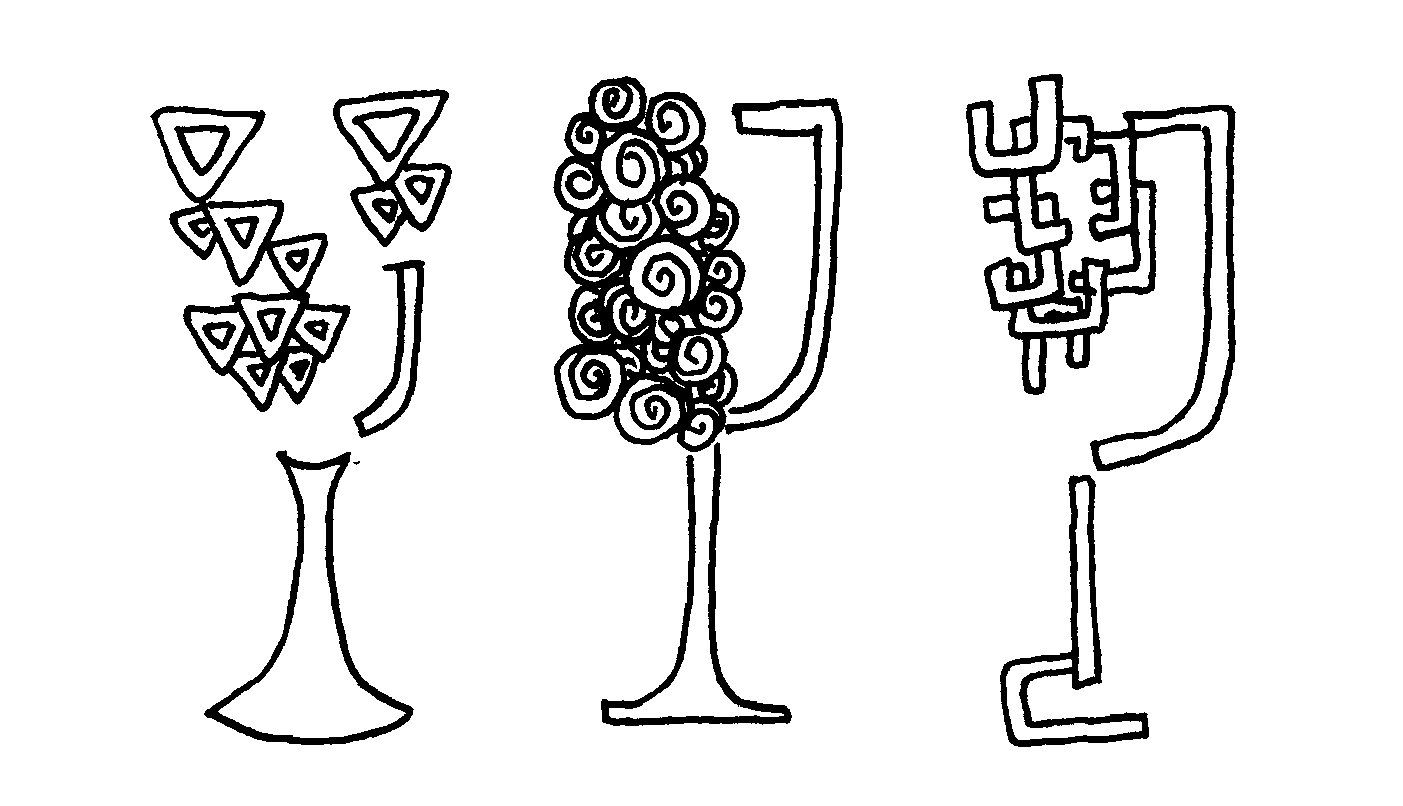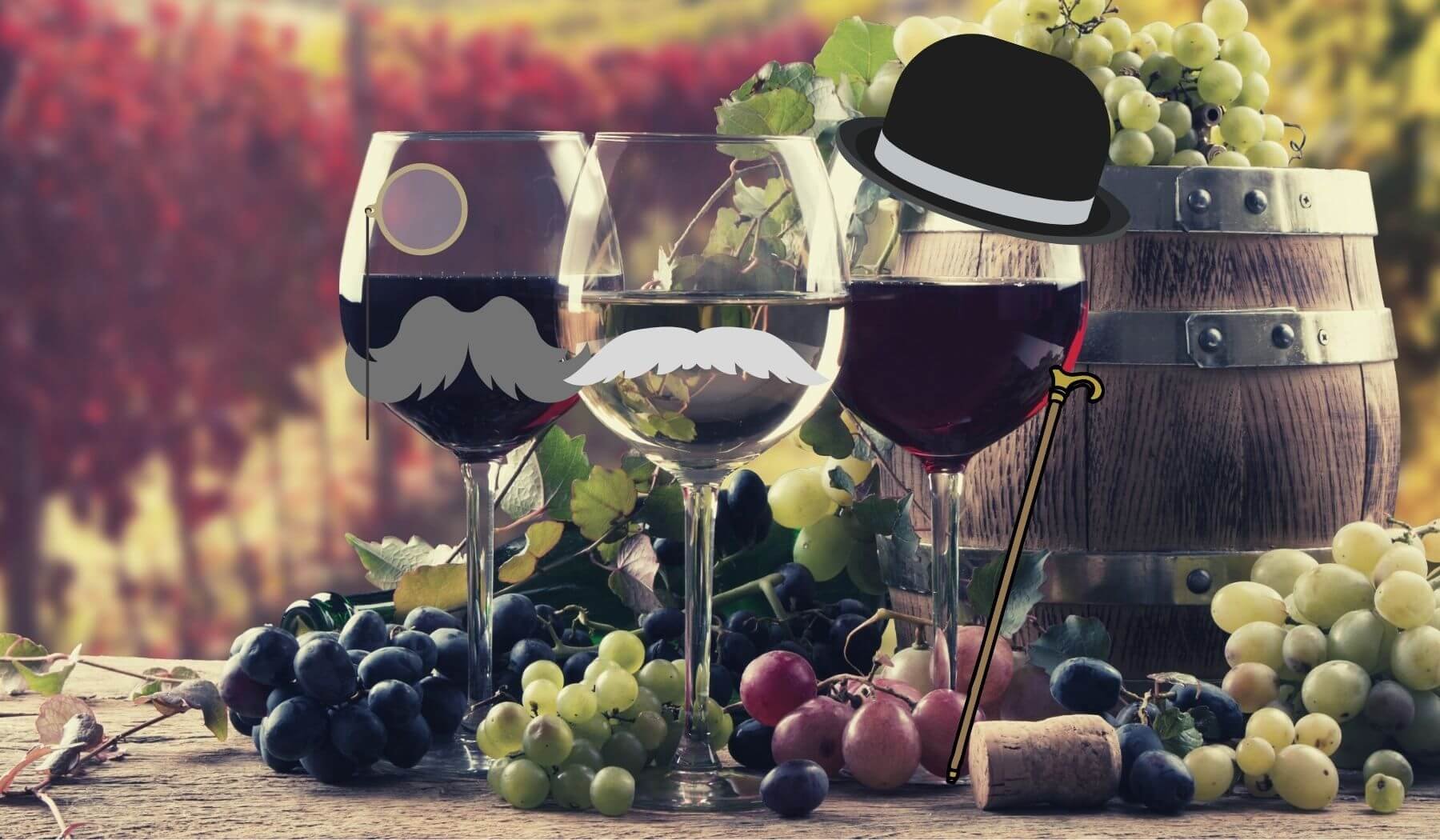Is there sugar in my wine?
It’s January. Maybe you have a New Year’s resolution to eat more healthily and drink more thoughtfully.
Maybe you’re thinking that you’ll find a wine that suits all your dietary desires: a wine with low or zero sugar, no additives, no carbs, organic and, of course, vegan and keto friendly—all the good stuff!
Maybe you’ve seen those companies flying around the winosphere who claim their products fit all these categories and steer clear of that pesky culprit to your waistline and overall general health: SUGAR!! 😱
So yes, shopping from these wine brands is one direction you can go in.
But if you really want to shop smartly, dear consumer, let’s back up and break this down—let’s talk about sugar in wine.
The question, “How can I find a low/no-sugar wine?” starts with an interesting assumption that there is sugar in wine—and enough of it to be preoccupied with.
According to a Wine Market Council survey of 1000 US wine drinkers, 47% said that they think wine is high in sugar, compared to 36% for hard seltzer and only 18% for beer.
So clearly almost half of the US wine-drinking public believe that wine is high in sugar.
Almost half of wine drinkers assume (inaccurately??) that wine is high in sugar
Is there sugar in wine?
The answer is yes and no. Let's look at why there would be wine in sugar in the first place.
Sugar used during fermentation (and residual sugar)
Alcohol is made by a process called fermentation. This is when yeast eats sugar (in this case, grape sugar*) and converts that sugar into alcohol.
In dry wines, the yeast gobbles up nearly all the sugar ⬇️.
In fermentation, yeast converts sugars into alcohol (there are other byproducts such as carbon dioxide, dead yeast, etc.)
There is, however, nearly always a teeny-tiny bit of sugar (known as residual sugar, or RS) leftover in almost all dry wines. And I mean teeny-tiny. Yes, even some of these sugar-free wine companies we’ve mentioned before still allow for up to one gram of sugar per liter (g/l) in their wines.
Most high-quality wines can have between 0-5 grams per liter of residual sugar in the finished wine. These are naturally-occurring sugars and the wines will still taste completely dry.
What does this actually mean for you, the drinker?
Well, a wine with 5 g/l residual sugar will have 0.78 grams of sugar in one 5 oz glass. In comparison, a margarita has 15-20 grams of sugar. Even an 8 oz glass of milk has 12 grams of sugar. So yeah, that 0.78 of a gram is not much to fuss over, in our opinion. This is not the problem—that’s coming up in the next section.
(Note, in most off-dry and dessert wines the sweetness comes from this naturally-occurring residual sugar. Fermentation is halted so that way more of the grape sugar is left in the final wine.)
Sugars added after fermentation
Any sugar added after fermentation is being used to either sweeten a wine or make it taste smoother, fruitier and generally more palatable for the general wine-drinking public.
These are not naturally-occurring sugars and they are often used to cover up low-quality grapes and poor winemaking methods (which also means there are probably lots of other corrective additives involved as well). A liter of your average grocery store bold red will could have 12-15 g/l of sugar.
That’s quite a lot more. Still not as much as your margarita or glass of milk, but this is added sugar. And, according to nutritionists, naturally-occuring sugars aren’t the bad guys, it’s the added sugars that you have to watch out for.
So does the wine you’re drinking have added sugar?
Are you typically shopping for wine from places like the corner bodega or from your local indie wine shop?
Let’s take a look at the difference:
To avoid low-quality wines with added sugar, avoid the corner store or supermarket and instead, shop at your local independent wine shop with their curated selections (like Grand Cata in D.C., right)
Wine A: Very low-quality wine from the corner bodega. Added sugar? It’s likely.
So you typically run down to the corner bodega and buy yourself that go-to Wednesday night taco night $6 red blend. Added sugar? Probs.
Or you buy whatever $10-15 Cabernet Sauvignon has the most appealing label during your Target/Fred Meyer/Safeway excursion. Added sugar? It’s likely.
Why?? Lower-quality, mass-produced wine is much more likely to have added sugar because the mass market in the US likes its wines sweeter, smoother, and fruitier. The sugar is also used in conjunction with other additives to mask the lower-quality grapes and methods that were used to produce that wine.
In short, it’s cheaper and easier to make wine this way.
Wine B: Any medium to high-quality wine from an independent wine shop. Added sugar? No!
Wines (generally $15-20+) from any independent wine shop, or a grocery store that has a more curated selection, are unlikely to have added sugar.
These are better-quality wines made from better-quality fruit. They are from thoughtful producers who are focused on expression of terroir and grape variety. Any sweetness will come from the unfermented grapes, not added sugars.
There’s no need for sugar to cover up, smooth over or make the wine something it’s not—the wine is good enough to speak for itself!
How do I find wine with no sugar whatsoever, not even residual sugar!??
Ok, so you, my friend, can go buy from those wine brands we mentioned in the beginning of this article. (You can Google them pretty quickly and find out what they are.) Some of them claim to test the wines they sell and guarantee that they are under about 1 g/l RS.
Is the residual sugar in wine really that bad?
When you buy high-quality, dry wine (leave those off-dry rieslings and sweet wines for another day) from your local wine shop, you’ll be risking getting a dry wine with maybe a few more g/l of RS. But is this really as much of a risk as 47% of wine drinkers have been led to believe?
Let’s look, again, at those aforementioned beverage sugar comparisons and you can come to your own conclusion:
What about the calories and the carbs—and the alcohol?!
Then there’s the calories and the carbs, blah blah blah. I’m not going to really get into this (because we didn’t reaaaaaally sign up to be nutritionists) but, since you asked, the calories from the sugar in those aforementioned wine glasses might be something around 6-10 while the calories from alcohol are more like 110-120. Which brings me to my next point.
There is alcohol in wine.
Even the “healthiest” of wines still contains a toxic substance that is very difficult for our bodies to process. Do we support drinking it? Of course (in moderation). But wine is supposed to be fun—it is not a health food!
If you’re stressed about the half-a-gram sugar difference between sugar-free and regular, high-quality, dry wine, we think it might be better, both physically and mentally, for you to just skip wine altogether for a day or two. Have a glass of milk and then come back to that Loire Valley Malbec when you’re ready. 😉
Is sugar in wine worth getting your panties up in a wad about??
We wouldn’t say so. It’s certainly not as high in sugar as 47% of wine drinkers believe. And nothing like margaritas or your oh so fresh glass o’ milk.
Our ethos is that wine should be enjoyed and be fun. If you are willing to accept a few grams of residual sugar per glass (let’s live life folks!), it’s not difficult to find a wine without unnecessarily-added sugars. Much of the drama over sugar in wine has been drummed up by marketing bods trying to peddle ‘healthy’ wine brands.
Quality wine won’t have added sugar; in dry wines the residual sugar will be so tiny (I mean, no more than in a handful of cashews) it won’t be harmful if consumed sensibly.
So back to our original question…
How do you find a wine with no added sugar (and low residual sugar)?
Shop at your local, independent wine shops!!
The easiest and surest way to do this is to avoid the corner bodega, avoid the supermarket, and yes, I’m sorry, avoid places like Target. Instead, head up the hill to that little out-of-the-way bottle shop and check out their selection.
Most (like probably—a statistic I’m making up, but I think is pretty fair—90-100%) of the wines these shops are going to carry will be wines made by smaller and medium-sized producers who take care over their winemaking.
Some supermarkets with better selections will have some of these better-quality wines as well, but it might require a little more of a judgment call since their selection is likely to be more varied. (A good rule-of-thumb in both cases is to aim for wines that are $15+.)
To summarize, here’s your DIY low-sugar wine shopping checklist:
✅ Find a local indie wine shop, befriend them, and shop from their selection
✅ Buy quality wines that are ~$20 or more
✅ Lean toward European wines. This is a big generalization, but these wines tend to be lower in alcohol and drier in style compared to New World wines.
✅ Stick to dry wines (avoid off-dry or dessert wines) if you want to make sure you’re getting as little sugar as possible
That’s literally it. See! Easy peasy!
Thoughts on sugar in wine? What else do you want to know!? Let us know in the comments below!
*FYI: If there is not enough sugar in the grapes when they are picked (ie, they aren’t ripe enough), winemakers might need to add a sugar concoction so the wine reaches high enough alcohol. This is sometimes done as a shortcut in cheapy wines, but it’s also an established process in regions such as Bordeaux (where it’s called chaptalization). In both these, the added sugar gets converted, by the yeast, into alcohol—it is not a part of the final wine.
P.S. To take part in the making of The Ultimate Natural Wine Course and give us your thoughts and feedback, and get lots more members-only bonuses, join our super-cool membership, Sunday School Wine Society!











It’s New Year’s Resolutions time! In other words, let’s eat more healthily and drink more thoughtfully and maybe you want to find some of that wine with low, or better yet, no added sugar! Well what if I told you that the idea of low/no sugar wines is a total myth? Ok, so what’s the reaaaaaaal story about sugar in wine? (We think you’ll be very pleasantly surprised 😉